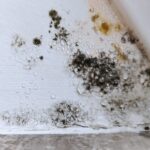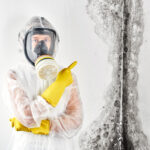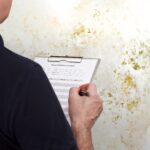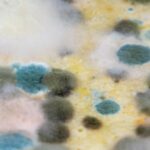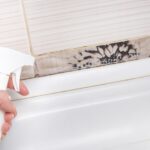How to Get Rid of Mold on Boat Seats?
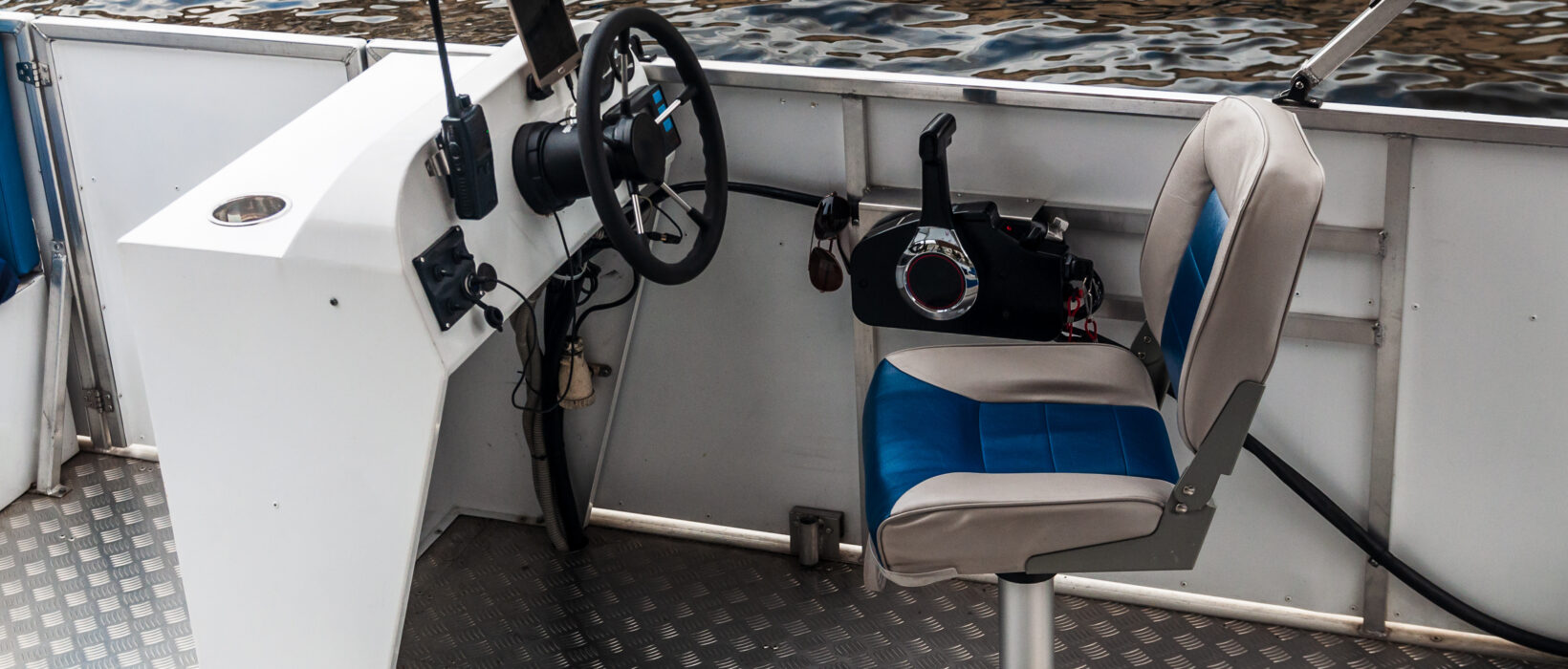
Mold on boat seats is a common problem that many boat owners face. Whether you have vinyl, fabric, or carpeted seats, mold can be a persistent and unsightly issue. Not only does it look bad, but it can also cause health problems and damage your boat’s interior. This blog will explore effective methods to remove mold from boat seats and prevent it from returning.
Identifying Mold on Boat Seats
Identifying mold on boat seats involves a visual inspection for discoloration (black, green, white, or pink spots) and a fuzzy or slimy texture. A musty odor often indicates mold presence, especially in moisture-prone areas like corners and under cushions. Allergic reactions such as sneezing or skin irritation can also signal mold. Use home test kits or professional inspections for confirmation, and regularly check for dampness and hidden mold with a flashlight. Early detection through regular inspections helps in timely cleaning and preventing mold from spreading.
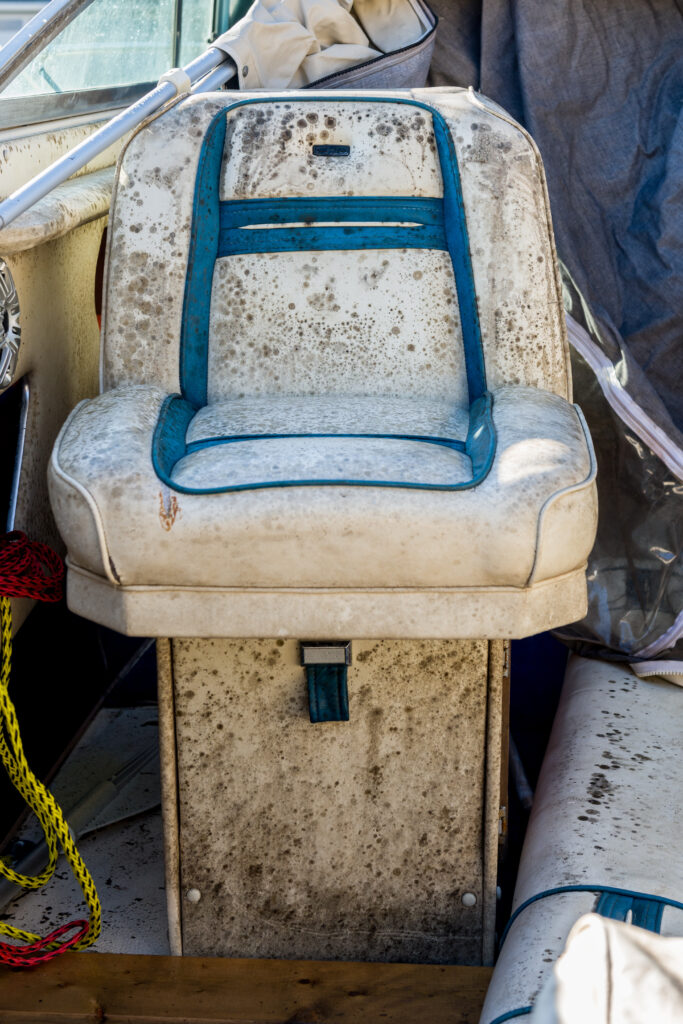
Materials Needed to Clean Mold
Before you start, gather the following materials:
- Mild detergent or specialized boat cleaner
- White vinegar or bleach (for non-porous surfaces)
- Baking soda
- Soft-bristle brush or sponge
- Microfiber cloths
- Water hose or bucket of water
- Protective gloves and mask
Step-by-Step Guide To Removing Mold From Boat Seats
1. Safety First
Always wear protective gloves and a mask when dealing with mold to avoid inhaling spores or contacting them directly.
2. Remove Loose Debris
Start by brushing off any loose dirt or debris from the seats. This will make the cleaning process more effective.
3. Prepare Your Cleaning Solution
A mixture of mild detergent and water is usually sufficient for vinyl seats. For tougher mold, you can use a solution of one part white vinegar to one part water. If the mold is severe, a diluted bleach solution (one part bleach to ten parts water) can be used, but be cautious as bleach can discolor some materials.
4. Apply the Cleaning Solution
Apply the cleaning solution to the moldy areas using a soft-bristle brush or sponge. Scrub gently to avoid damaging the seat material. First, test the solution on a small, inconspicuous area for fabric or carpeted seats to ensure it doesn’t cause discoloration.
5. Let It Sit
Allow the cleaning solution to sit on the moldy areas for about 10-15 minutes. This gives it time to penetrate and break down the mold.
6. Scrub and Rinse
After the solution has had time to work, scrub the area again to remove the mold. Rinse thoroughly with clean water to remove any residue. You may need to use a wet vacuum to extract the water and cleaning solution for boat carpets.
7. Dry Completely
Mold thrives in moisture, so it’s crucial to dry the seats completely. Use microfiber cloths to absorb as much water as possible, and then let the seat air dry in the sun if possible.
8. Prevent Future Mold Growth
To prevent mold from returning, consider the following tips:
- Regular Cleaning: Clean your boat seats regularly, especially after use.
- Proper Ventilation: Ensure your boat is well-ventilated, even when covered.
- Use Mold Inhibitors: Some products can help inhibit mold growth on boat seats.
- Store Properly: If possible, store your boat in a dry, well-ventilated area.

Natural Remedies For Mold Removal From Boat Seats
If you prefer natural solutions, here are a few options:
- Baking Soda: Apply a paste with baking soda and water to the moldy areas, and scrub gently. Rinse thoroughly.
- Tea Tree Oil: Mix a teaspoon of tea tree oil with a cup of water, spray it on the mold, and let it sit before wiping it clean.
- Lemon Juice: The acidity in lemon juice can help kill mold. Apply it directly to the affected areas, let it sit, and then rinse.
How To Prevent Mold On Boat Seats?
1. Regular Cleaning
- Frequent Washing: Clean your boat seats regularly with mild detergent and water. This removes dirt and organic matter that mold feeds on.
- Deep Cleaning: Periodically deep clean your seats using specialized boat cleaners or natural solutions like vinegar and water.
2. Proper Ventilation
- Air Circulation: Ensure your boat is well-ventilated, even when covered. Use vents or fans to promote air circulation.
- Open Storage: When storing your boat, open compartments and seat cushions to allow air flow.
3. Control Moisture
- Dry Thoroughly: After cleaning or exposure to water, dry your boat seats completely. Use microfiber cloths and allow them to air dry in the sun if possible.
- Use Moisture Absorbers: Place moisture-absorbing products like silica gel packs or dehumidifiers in storage areas.
4. Use Mold Inhibitors
- Commercial Products: Apply mold inhibitors or anti-fungal sprays designed for marine use. These products can help prevent mold growth on boat seats.
- Natural Solutions: Use natural inhibitors like tea tree oil or vinegar solutions. Spray them on the seats periodically.
5. Proper Storage
- Dry Storage: Store your boat in a dry, well-ventilated area. Avoid damp or humid environments.
- Cover Wisely: Use breathable boat covers that allow moisture to escape. Avoid plastic covers that can trap moisture.
6. Regular Inspections
- Check for Mold: Regularly inspect your boat seats for early signs of mold. Address any issues immediately to prevent spread.
- Monitor Humidity: Use a hygrometer to monitor humidity levels inside your boat. Aim to keep humidity below 60%.
7. Use Protective Covers
- Seat Covers: Use protective covers for your boat seats when not in use. Ensure these covers are clean and dry before placing them on the seats.
8. Avoid Organic Debris
- Clean Spills Immediately: Wipe up any spills, especially organic materials like food and drinks, as they can promote mold growth.
- Remove Debris: Regularly remove leaves, dirt, and other debris from your boat.
9. Sunlight Exposure
- Natural UV Light: Whenever possible, expose your boat seats to sunlight. UV light has natural mold-killing properties.
10. Seasonal Maintenance
- Winterization: If you store your boat during the off-season, thoroughly clean and dry it. Use mold prevention products and check periodically.
By following these preventive measures, you can significantly reduce the risk of mold growth on your boat seats, ensuring they remain clean and in good condition for years to come. Regular maintenance and proactive steps are key to keeping mold at bay.
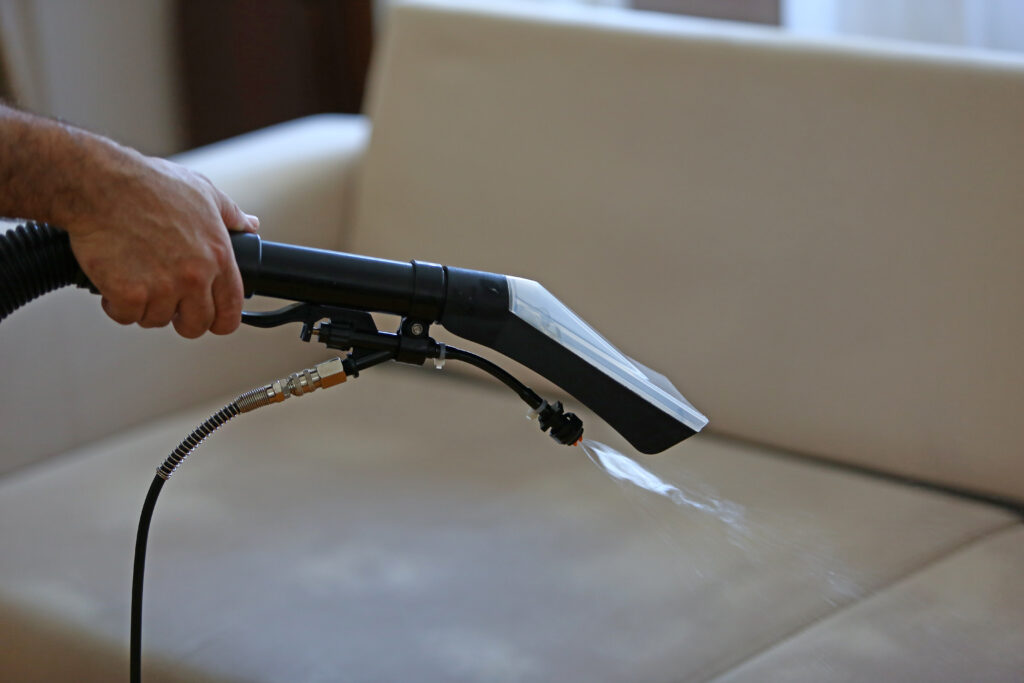
When to Seek Professional Help
If the mold infestation is extensive or if you’re unable to remove it using the methods above, it may be time to seek professional help. Professionals have specialized equipment and solutions to tackle severe mold problems effectively.
Conclusion
Mold on boat seats is a nuisance, but it can be effectively managed and prevented with the right approach. Regular maintenance and proper storage are key to keeping your boat seats mold-free. Following the steps outlined in this guide ensures that your boat remains a clean and enjoyable space for all your aquatic adventures.
Remember, the sooner you address mold, the easier it will be to remove. So, don’t wait—tackle that mold today and keep your boat in top condition!
FAQs
1. How do I clean mold on vinyl boat seats?
- To clean mold on vinyl boat seats, use a mixture of mild detergent and water. For tougher mold, a solution of one part white vinegar to one part water can be effective. Scrub gently with a soft-bristle brush and rinse thoroughly.
2. What is the best way to get rid of mold on boat carpets?
- For the boat carpet, mix baking soda and water to create a paste. Apply it to the moldy areas, scrub gently, and rinse thoroughly. You can also use a wet vacuum to remove excess moisture.
3. How can I remove mold from vinyl boat seats without damaging them?
- Use a mild detergent mixed with water or a vinegar solution. Avoid harsh chemicals like bleach unless necessary, as they can damage the vinyl. Always test any solution on a small, inconspicuous area first.
4. How do I get rid of pink mold on boat seats?
- Pink mold, often caused by bacteria, can be treated with a mixture of white vinegar and water or a diluted bleach solution. Apply the solution, let it sit for 10-15 minutes, scrub gently, and rinse thoroughly.
5. What are some effective methods to prevent mold on boat seats?
- Regularly clean your boat seats, ensure proper ventilation, use mold inhibitors, and store your boat in a dry, well-ventilated area. Keeping the seats dry is crucial to preventing mold growth.
6. How do I remove mold from boat seats naturally?
- Natural remedies include baking soda paste, tea tree oil, and water, or lemon juice. These solutions are effective and environmentally friendly.
7. Can I use bleach to clean mold on boat seats?
- Yes, but use it cautiously. A diluted bleach solution (one part bleach to ten parts water) can be effective for tough mold. However, bleach can discolor some materials, so test it on a small area first.
8. What should I do if mold keeps coming back on my boat seats?
- Ensure your boat is well-ventilated and dry. Regularly clean the seats and consider using mold inhibitors. If the problem persists, you may need to inspect for underlying moisture issues.
9. Are there any commercial products specifically for removing mold on boat seats?
- Yes, there are commercial mold removers designed for marine use. These products are formulated to be safe and effective for boat seats and other surfaces.
10. How often should I clean my boat seats to prevent mold?
- It’s a good practice to clean your boat seats after each use, especially if they have been exposed to moisture. Regular maintenance will help prevent mold growth and keep your seats in good condition.



